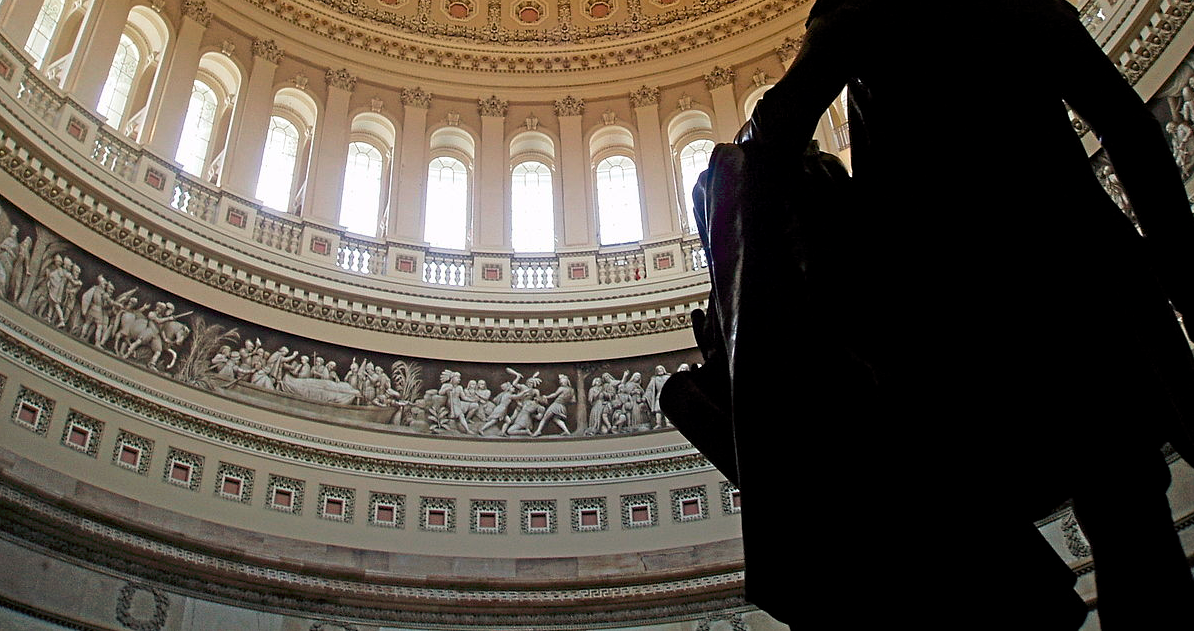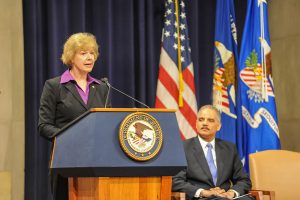
A Senate committee that funds the government voted last week to maintain funding for Great Lakes cleanup programs at the Obama-era level of $300 million for 2018.
At the same time, Great Lakes governors are asking if federal money for the lakes paid to farmers is producing results in reducing toxic algae, and a U.S. and Canadian collaborative is asking Canada to pick up the pace on Great Lakes funding.
The Senate action follows a similar move by the U.S. House and is another rebuke of President Trump’s proposed budget that would eliminate all funding for the Great Lakes.
Funding for the program, known as the Great Lakes Restoration Initiative, has been level at $300 million annually since President Obama and Congress slashed it in 2010 from its original $475 million amount.
The move has the support of the Great Lakes Congressional delegation and was led by Senators Tammy Baldwin of Wisconsin and Richard Durbin of Illinois who serve on the Appropriations Committee that forwarded the funding bill to the full Senate.
“Preserving the Great Lakes is not just an environmental goal – it is an economic necessity, and I’m glad to see the Senate Appropriations Committee has taken this positive step to fully fund this important initiative,” Baldwin said in a statement.
The restoration initiative pays for cleanup of 27 legacy toxic sites that dot the region designated Areas of Concern in 1987. Those sites include the Detroit and Rouge Rivers and the River Raisin in Southeast Michigan.
While improvements have been made to a number of sites, only three have been removed from the list since federal funding became available in 2010.
As previously reported by Great Lakes Now, the restoration program has invested $100 million since 2010 as an incentive for farmers in the Lake Erie watershed to reduce nutrient runoff to the lake, according to the Great Lakes Commission. Nutrient runoff fuels algae blooms like the one that caused the 2014 Toledo water crisis.
In spite of the $100 million in federal funding, significant algae blooms persist, and 2017’s was classified as “severe” and third in size following 2011 and 2015.
The commission has launched a two-year study to determine the effectiveness of the money spent on trying to get farmers to voluntarily reduce pollution to the lake.
Nationally, a recent Associated Press report on similar federal payouts to farmers cost taxpayers $29 billion since 2009. This type of incentive is not generally available to other industries.
The Healing Our Waters coalition of Great Lakes advocates praised the continuation of full-funding for the Great Lakes.
But coalition Director Todd Ambs said in a statement that the Senate’s action cuts the U.S. EPA budget and “includes provisions that erode core environmental protections, like the Clean Water Act—actions that can undermine restoration efforts.”
The coalition is a nonprofit that lobbies for federal funding for the Great Lakes.
Senate Democrats said in their minority summary that the action taken by the Appropriations Committee includes “poison pill” riders. One rider would facilitate rollback of President Obama’s Clean Water Rule designed to determine which waters can be regulated under the Clean Water Act.
Agriculture interests led by farm bureaus have lobbied against the rule fearing that it could lead to regulations on their farming practices.
A final decision on the federal budget for 2018 is expected in early December.
Great Lakes senators have written the White House budget office requesting that it include money for the Great Lakes in the 2019 budget to be released in early 2018.
Call for Canadian Action
While the GLRI full funding moves closer to becoming reality, a bi-national collaborative consisting of Great Lakes mayors and other interests is calling on Canada’s Environment Minister Catherine McKenna to develop a process that could lead to investment in restoring the Great Lakes similar to that of the United States.
While responsibility for the health of the Great Lakes is shared between the two countries, Canada has not come close to matching the financial investments the U.S has made in restoration efforts.
Niagara Falls New York Mayor Paul Dyster said in a statement that the mayors’ group has been “inspired” by restoration success in the U.S, and “we are committed to working together to achieve the same success here in Canada”.
McKenna asked the collaborative for more information on its proposal according the mayors’ statement.






